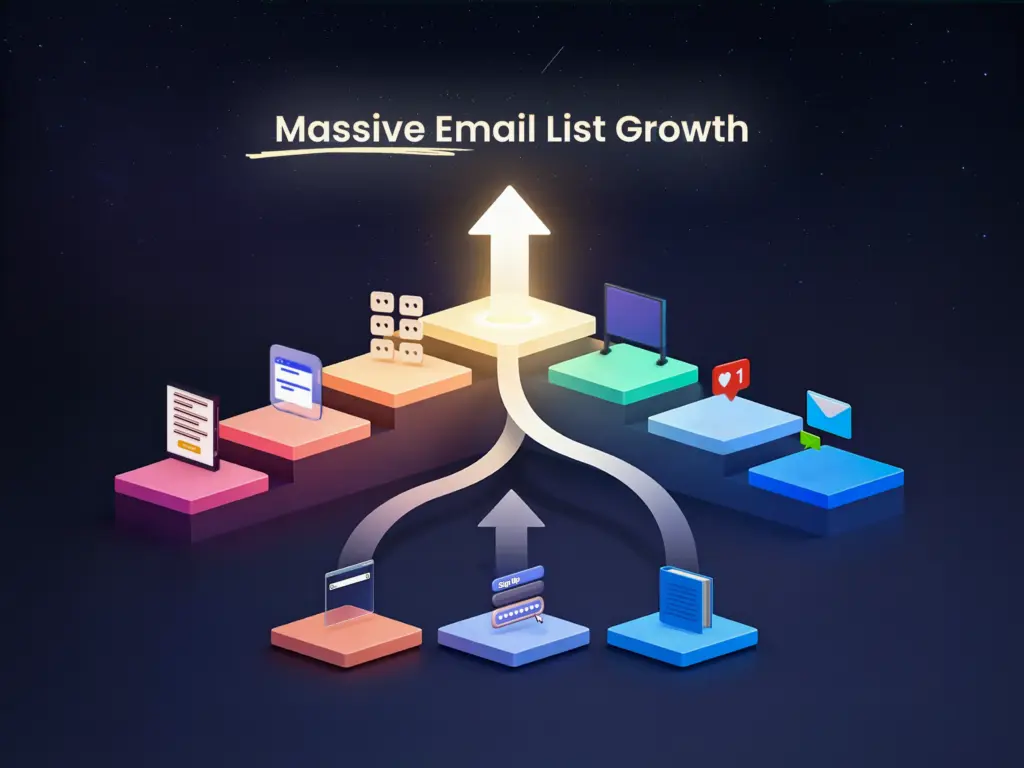Building a thriving email list is a game-changer for businesses aiming to connect with potential customers, nurture relationships, and boost conversions.
With email marketing offering an average ROI of $35-$45 per dollar spent, this is one of the highest-leverage strategies available. This direct line to your target audience transforms website visitors into email subscribers while you monitor the conversion rate. It’s one of the most powerful tools in content marketing.
In this guide, we’ll walk through 10 steps to achieve massive email list building.
- Leverage sign-up forms, social platforms, and exclusive content to attract and convert subscribers.
- Use behavioral automation to deliver personalized messages at the perfect moment.
- Implement progressive profiling to deepen data insights without overwhelming users.
- Build preference-based retention systems that keep engagement and deliverability high.
- Apply the multiplier effect to turn steady list growth into exponential expansion.
- Analyze performance trends to refine targeting and scale campaigns sustainably.
But more importantly, you’ll discover the cutting-edge tactics that separate industry leaders from everyone else.
The Power of Email List Building
Email marketing is a powerhouse, offering unmatched direct access to your audience. Unlike social media algorithms that limit visibility, emails go straight to your subscriber list, making it easier to engage genuinely interested individuals.
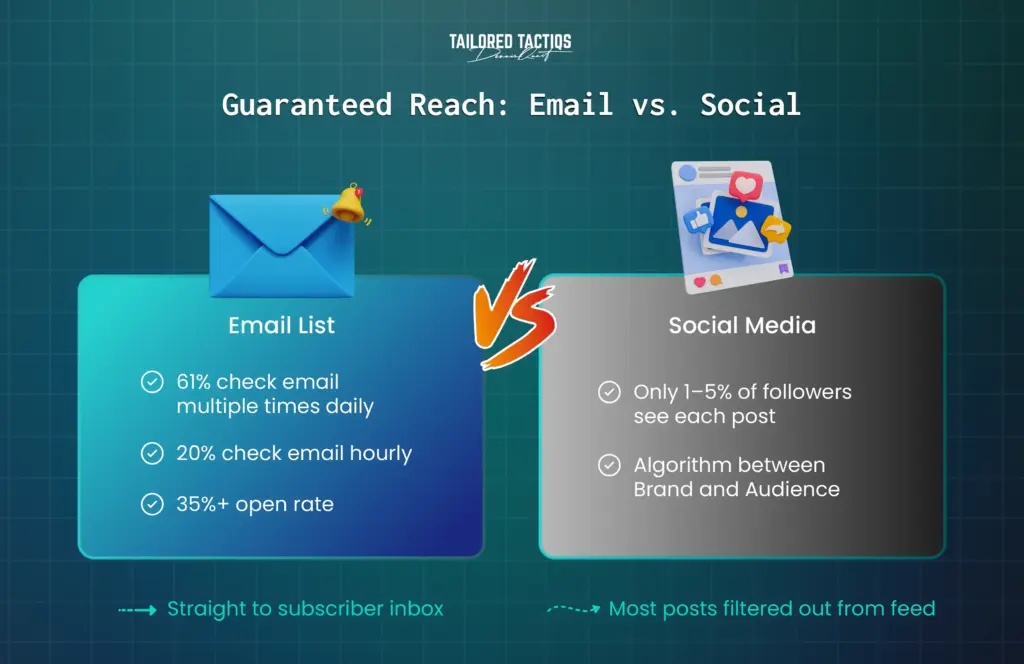
With 61% of people checking their email multiple times daily and 20% hourly, email consumption rivals social media. This makes building and maintaining email lists essential—from brick-and-mortar stores to fashion retailers.
In short: An email list is the most important element of a successful marketing strategy. It serves as the foundation for personalized, effective communication with your target audience.
Why Email Outperforms Other Channels
The beauty of email marketing lies in its leverage. Once you’ve acquired a lead, the cost of email campaigns is minimal—primarily software and content creation. A single email can reach millions, offering unmatched scalability. Plus, 84-90% of people across all demographics read emails regularly, ensuring your target audience is reachable.
Email lists also allow for data ownership, which enhances personalization and helps you tailor messages to individual preferences. But the real power emerges when you combine this data ownership with intelligent segmentation and behavioral automation—tactics that transform email from a broadcast channel into a personalized experience.
Step 1: Design High-Converting Sign-Up Forms
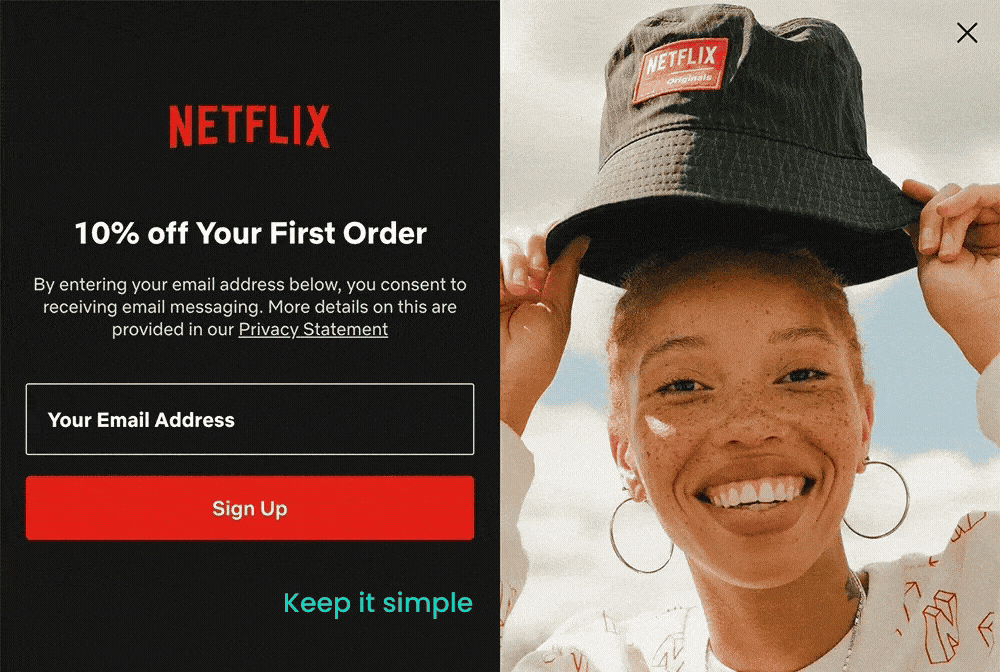
Your sign up form is the foundation of lead generation and email list building. Place signup forms strategically on your website—homepage, blog posts, landing pages, and pop-up forms.
Keep the opt-in form simple, requesting only essential contact info like name and email address to minimize friction. For example, a fashion retailer could use a pop up form offering a discount code for email subscribers.
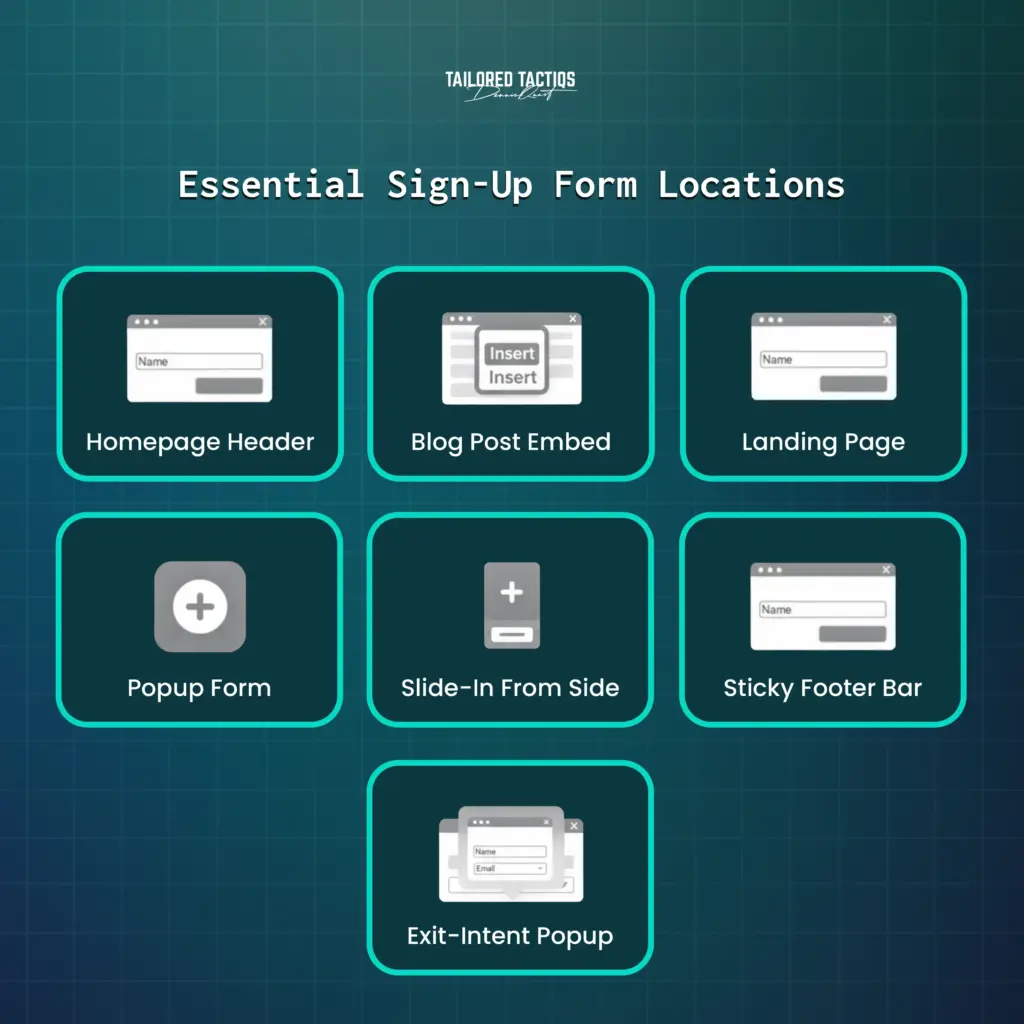
Optimize for Mobile Devices
With 58-60% of global internet traffic coming from mobile devices, your sign-up page must be mobile-friendly. A poorly optimized opt-in form can tank conversion rates. Test your forms on both desktop and mobile to ensure a seamless experience for website visitors.
Craft a Compelling Call to Action
Your call to action (CTA) should be clear and enticing. Phrases like “Get Your Free Guide Now” or “Join for Exclusive Deals” drive email signups.
A/B test CTAs to find what resonates with your target audience, ensuring you maximize new subscribers.
The 2-Step Signup Process: Psychology Over Pressure
Using a 2-step email signup process improves conversion rates by leveraging a psychological principle called “commitment and consistency.”
Instead of asking for all information upfront, you request the email address on step 1, then interests/preferences on step 2 after they’ve already committed.

Why this works: The first commitment (email only) feels low-friction, so conversion rates spike. Once they’ve opted in, they’re more likely to complete step 2. Plus, step 2 data pre-qualifies leads before they reach your welcome sequence—a critical advantage when combined with behavioral automation (we’ll explore this in Step 8).
Pro tip: Keep your forms simple, mobile-friendly, and compelling. Regularly experiment with placement and copy; even a small tweak can boost sign-ups dramatically. Monitor your analytics to catch underperforming forms before they hurt your email list growth.
Step 2: Offer a Valuable Lead Magnet
A lead magnet—such as a free resource, exclusive offer, or engaging tool—is a strategic way to grow your email list. To maximize conversion, offer content that is relevant, educational, and delivers immediate value for your target audience.
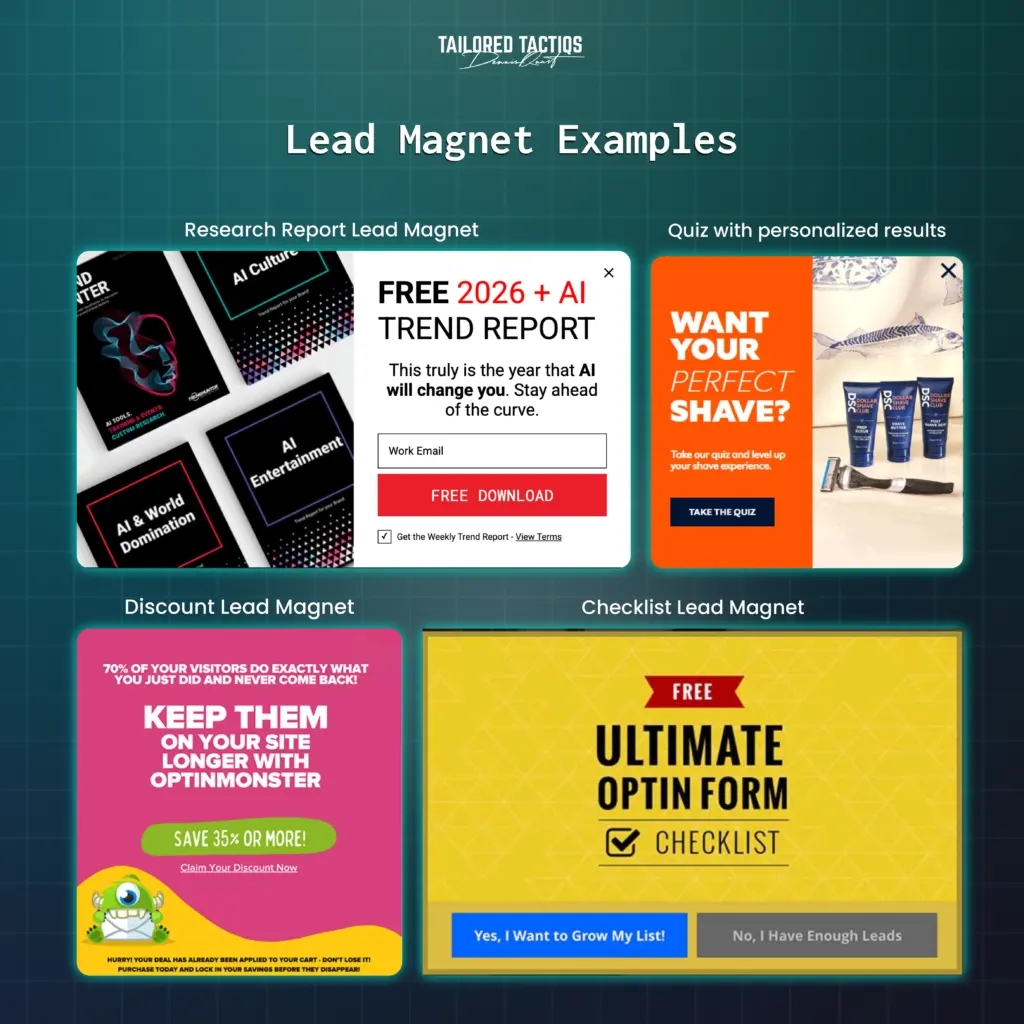
Lead Magnet Formats That Convert
- Quizzes with personalized results (20-40% conversion rates, sometimes reaching 60%)
- Free tools, calculators, or graders that provide instant feedback
- Data-backed research reports or whitepapers specific to your industry
- Email courses or multi-part educational sequences
- Templates, checklists, and bonus packs tailored to specific pain points (30-34% conversion rates)
Key Tactics for Maximum Effectiveness
- Hyper-targeting matters: Create separate lead magnets for different buyer journey stages. A “beginner’s guide” attracts early-stage prospects, while a product demo appeals to near-ready buyers. Brands using hyper-targeted, journey-specific lead magnets see conversion rates 2-3x higher than those with a one-size-fits-all approach.
- Give a preview: Highlight key takeaways and benefits on your opt-in form to nudge unsure visitors toward conversion.
- Repurpose ruthlessly: Turn your best-performing blog posts and webinar content into downloadable formats. Nearly 94% of marketers repurpose assets across multiple formats for extended reach.
- A/B test continuously: Test in-content lead magnets against pop-ups, different messaging, and form field counts to uncover what truly converts.
- Follow-up is non-negotiable: Deliver your resource immediately, and send a follow-up message within 24 hours with a clear call to action.
Pro tip: An irresistible lead magnet paired with strategic audience segmentation can dramatically boost conversions. Don't just create one generic offer—match different magnets to audience personas and journey stages.
Step 3: Build Dedicated Landing Pages
Landing pages are purpose-built to collect email addresses and convert each visitor into a new subscriber. Create a sign-up page that highlights the benefits of joining your email list, such as early access to sales or exclusive content.
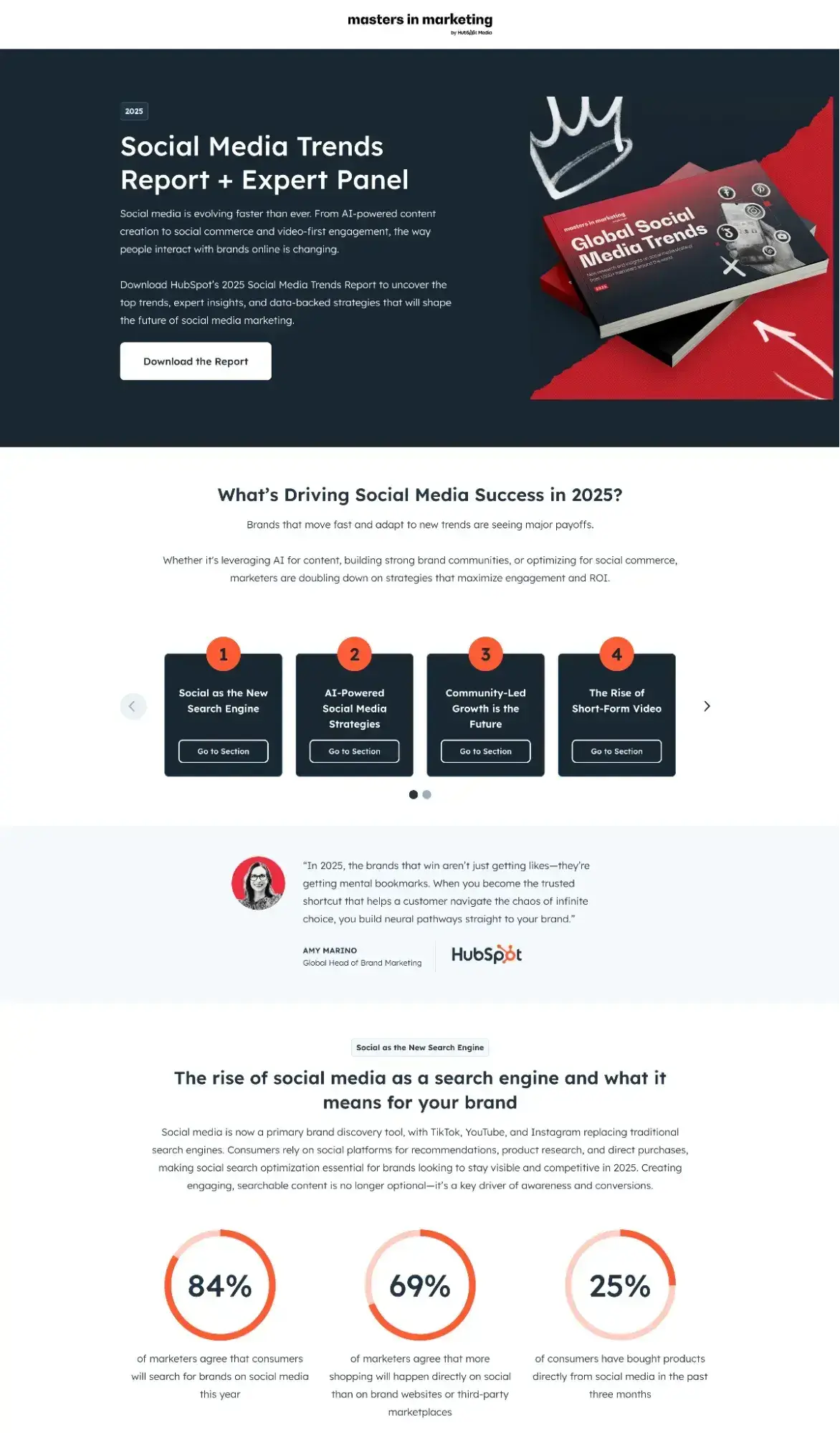
Optimize for Conversions
Keep your landing page focused on a single goal: email signup.
Remove navigation menus, external links, and distractions. A cluttered page splits attention and kills conversions.
Use contrasting colors for your CTA button. Make it impossible to miss. Test button text like “Get Access Now” vs. “Join for Free”—small changes can boost conversions by 10-15%.
Add social proof to build credibility: customer testimonials, logos, or security badges. These reassure visitors they’re making a safe choice.
Pro tip: Sometimes, a single testimonial on your landing page does more for conversions than all the design tweaks in the world.
Step 4: Implement Pop-Up Forms
Pop-up forms are highly effective for capturing people genuinely interested in your content. Use exit-intent pop-ups to engage website visitors about to leave your site.
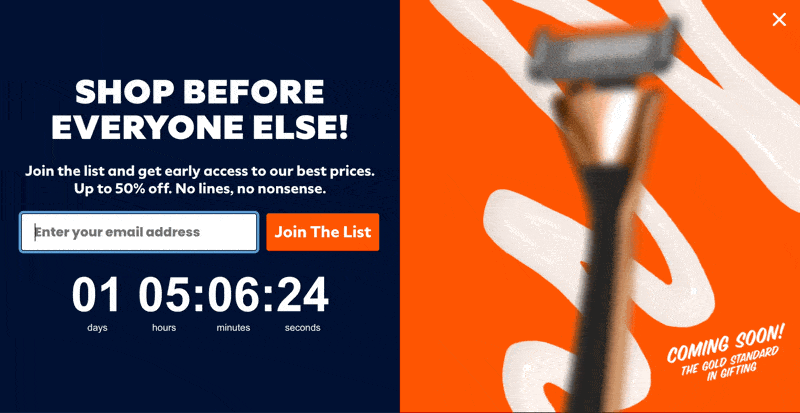
Offer a discount code or free resource to entice them to sign up.
Mailchimp users have experienced an average email list growth rate increase of 50.8% after adding a pop-up form to their site.
Balance User Experience
Avoid overly aggressive pop-up forms that annoy users, as this can lead to spam complaints. Make it easy to close the form, ensuring a positive experience while still driving email signups.
Pro tip: Pop-ups can double your email list growth, but only if they respect the user experience. Set proper delays and frequency caps, and always preview on mobile. Annoy just a few visitors, and you’ll rack up spam complaints—so test your timing carefully.
Step 5: Leverage Social Media Platforms
Social media platforms like Facebook, Instagram, and YouTube are powerful tools to grow your email subscriber list. Promote your sign up page in your Instagram bio, Facebook page posts, and YouTube video descriptions.
Encourage social media followers to join your email list for exclusive content or early access to promotions.
Effective Social Media Tactics
- Running LinkedIn posts highlighting exclusive content for email subscribers
- Creating Instagram Stories with link stickers directing to your sign-up page
- Pinning a sign-up post to the top of your Facebook page
- Adding end screens and video descriptions on YouTube promoting your email list
Pro tip: Don't rely on one channel. Cross-promote your signup link everywhere your audience interacts. Track what works on each platform; a winning tactic on Instagram may flop on LinkedIn.
Step 6: Embed Sign-Up Forms in Blog Posts
Blog posts are a goldmine for converting website visitors into email subscribers. Embed signup forms and lead magnets within your informational content and include a call to action at the end of each post.
Collaborating with other brands through guest blogging can also help grow your email list by reaching wider audiences.
Provide Consistent Value
Ensure your blog posts deliver relevant content to establish your brand as a trusted authority. This encourages website visitors to join your email list for more valuable content.
Pro tip: Context is everything—don’t just drop forms at the end of every post. Place them where readers are most excited by your content. If a form gets ignored, experiment with a mid-article offer tied to the specific blog topic.
Step 7: Master Segmentation, Progressive Profiling & Preference Centers
This is where foundational tactics transform into cutting-edge email list growth.
Most email marketers treat segmentation as a bonus; industry leaders treat it as the foundation of everything else.
Here’s why: advanced behavioral automation, personalization, and retention strategies all depend on rich, well-organized subscriber data. But collecting that data without friction is the challenge—that’s where progressive profiling and preference centers come in.
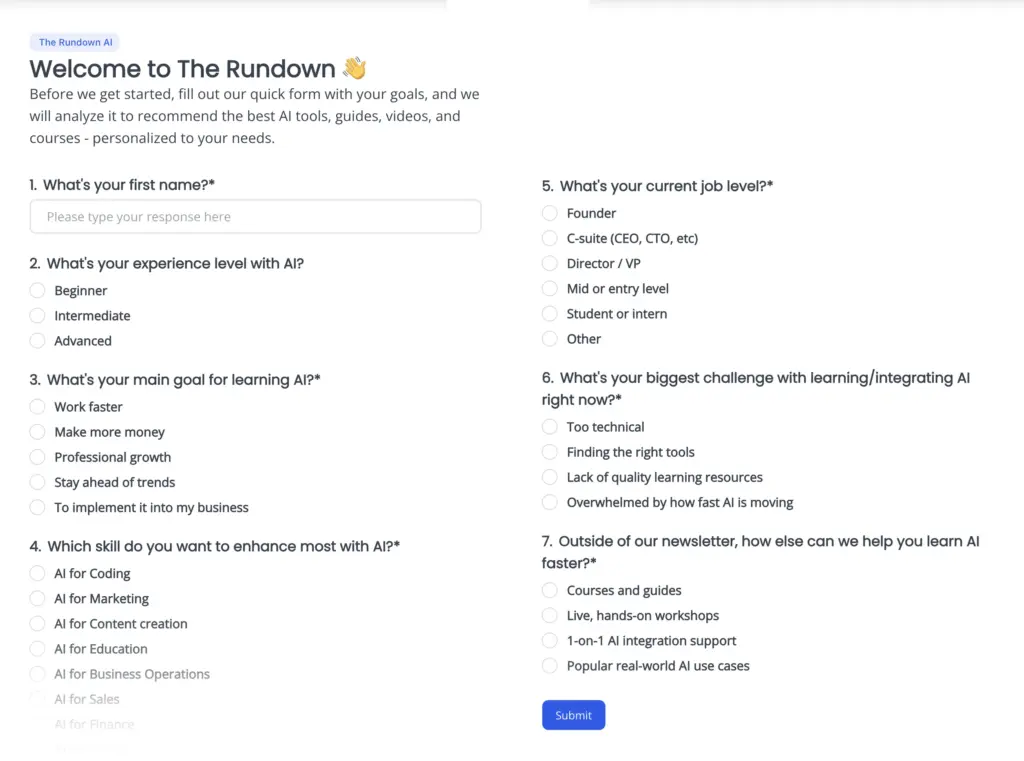
Segmentation: Why 70% of Your Growth Tactics Depend on This
Segmented email campaigns yield a 791% higher ROI compared to broadcasts. By tailoring content to your target audience’s needs (e.g., beginners vs. advanced users), you increase conversions and reduce inactive subscribers. But segmentation is only as powerful as your data—and data collection is where most teams fail.
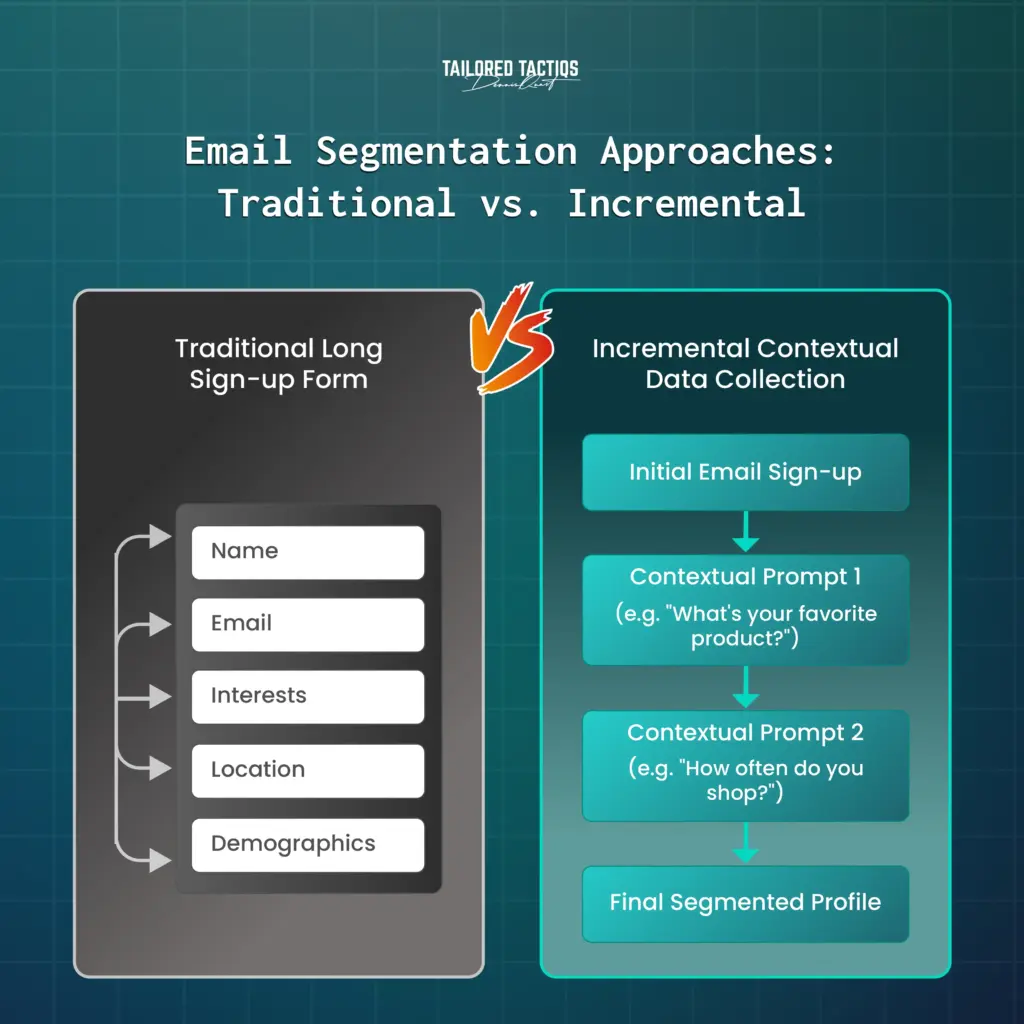
The traditional approach: Ask for everything upfront (job title, company size, budget, interests) in the signup form. Result: 40-50% form abandonment.
The cutting-edge approach: Collect data incrementally and contextually. Ask for the right information at the right time. Result: Higher conversions + richer profiles + no form fatigue.
Progressive Profiling: Frictionless Data Collection
Progressive profiling solves the foundational problem: How do you build rich subscriber profiles without killing conversion rates with long forms?
The Strategy
- Stage 1 – Initial Signup (Day 0): Email address only. Nothing else. Research shows this achieves 72% conversion on signup forms—the highest baseline. Why? Because you’re asking for one tiny commitment.
- Stage 2 – First Email Engagement (Day 1): In your welcome email, ask one contextual question: “What’s your role?” or “What industry are you in?” Position it as “Help us personalize your experience.” People who just opted in are excited and willing to reply or click—use that engagement.
- Stage 3 – Second Touchpoint (Week 1-2): After they’ve engaged with your content, ask a deeper question: “What’s your approximate budget?” or “How many people do you lead?” By now, they’ve experienced value and are more willing to share.
- Stage 4 – Post-Content Download (Week 2-3): After they download a resource or read 3+ emails, ask interest-specific questions: “Which of these topics interests you most?” Use their answers to segment and trigger personalized content.
Platform Implementation
In HubSpot, use conditional logic in email workflows: “If contact didn’t fill ‘job title’ field, send email asking for it. Mark field when they reply.”
In ActiveCampaign, use form automations: “Progressive form shows different fields based on what’s already known about the contact.”
In Klaviyo (e-commerce), use post-purchase sequences that ask product preferences contextually: “Which product type interests you most?”
Real-World Example (B2B SaaS)
- Week 0: Signup with email only (65% conversion vs. 30% with full form)
- Week 1: Welcome email + 1 question: “What’s your company size?” (45% response rate)
- Week 2: Personalized content based on company size + 1 new question: “What’s your primary goal?” (38% response)
- Week 3: Segment into goal-based campaigns; segmented content achieves 35% CTR vs. 8% broadcast
The Data Quality Advantage: Contextual answers are more honest. When someone replies "healthcare" to "What industry?" in a personal email, that's zero-party data (info they voluntarily shared). Compare that to a form where they might spam "n/a" to skip ahead. Zero-party data fuels everything: behavioral automation, preference centers, and advanced segmentation.
Preference Centers: Convert Unsubscribes Into Preference Adjustments
Here’s the problem: 40% of people who unsubscribe say “I was interested, just too many emails” or “I don’t care about all the topics.”
They’re not leaving your brand—they’re leaving because you’re sending them irrelevant content at wrong frequencies.
The Solution: Email Preference Centers. Instead of losing them at the unsubscribe button, offer an alternative: adjust what they receive.

Psychology at work: Unsubscribe = binary (gone forever). Preference center = control (they can stay, just differently). This simple reframe prevents 60% of unsubscribes.
What to Include (Varies by Industry)
For B2B SaaS
- Content topics (product updates, industry news, best practices)
- Email frequency (daily digest, weekly, monthly)
- Format preferences (text vs. images, short vs. long)
- Notification preferences (urgent updates always, everything else weekly)
For E-Commerce
- Product categories (shoes, apparel, accessories)
- Promotion frequency (daily deals, weekly, monthly)
- Email frequency (daily, 2x weekly, weekly, monthly)
- Content type (product recommendations, styling tips, sale alerts)
For SaaS/Coaching
- Topic interests (specific skill areas, certifications, case studies)
- Frequency (daily, 2x weekly, weekly)
- Format (tips, case studies, webinars, emails)
Design Best Practices
Keep it mobile-first. Use large, tappable buttons (minimum 44px). Mockup example: “Which topics interest you?” with checkboxes for [Marketing] [Sales] [Customer Success]. Then “How often?” with toggle: [Every email] [Weekly digest] [Monthly summary].
Implementation by Platform
Mailchimp: Use segments + signup forms. Create a “preference center” landing page where subscribers manage their groups. Link from unsubscribe page.
Moosend: Built-in preference center feature. Fully customizable; links directly from unsubscribe.
HubSpot: Use custom objects or contact properties to track preferences; then create conditional logic workflows that respect those preferences.
Klaviyo (E-Commerce): Segment by product category interests; use preference center to let subscribers adjust their categories; automate flows based on preferences.
The Multiplier Effect: Preference centers collect what’s called “zero-party data”—information subscribers voluntarily provide. Use this data to power behavioral triggers, progressive segmentation, and preference-based sending. A subscriber who says “send me sales only on Wednesdays” is now tagged for a specific automation sequence.
In short: Preference centers aren't just retention tools—they're data collection goldmines. Every preference they choose becomes a segment you can target. Design your preference center so every option becomes actionable in your automation.
Step 8: Craft Stellar Welcome Emails + Behavioral Triggers
Your welcome email is your first impression. But most teams waste this moment by sending a generic “thanks for subscribing!” message.
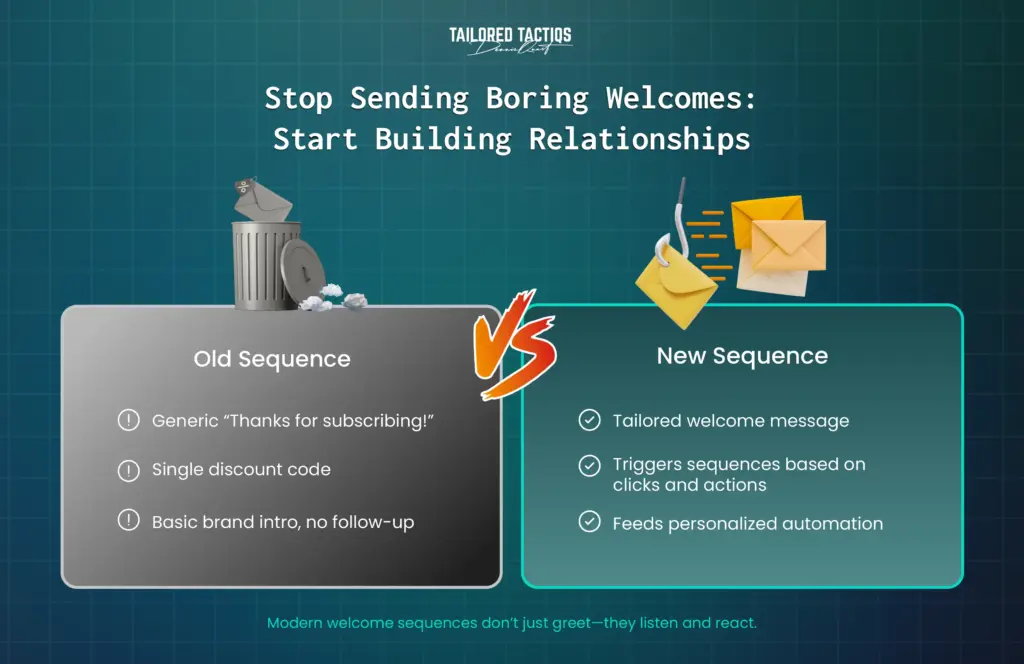
Modern email leaders treat welcome sequences as the entry point to behavioral automation. Here’s the difference:
Old approach: Send welcome email with discount code and brand intro. Done. Hope they engage.
New approach: Send welcome email that triggers behavioral sequences based on what they click, open, or ignore.
Behavioral Email Triggers: The 10x Revenue Multiplier
Behavior-triggered emails generate 10x greater revenue than broadcast emails. Open rates reach 42.36% compared to 14.5-26.9% for broadcasts. And they require zero manual sending—automation handles it.
What makes them work: They’re personal, timely, and relevant. Instead of broadcasting the same message to 100,000 people, you’re sending a targeted message to someone based on something they just did.
The 5 Unconventional Behavioral Triggers
Trigger 1: Browse Abandonment
The tactic: A subscriber visits your website, browses products/content, then leaves without buying. Automation detects this and sends a targeted email within 2 hours.
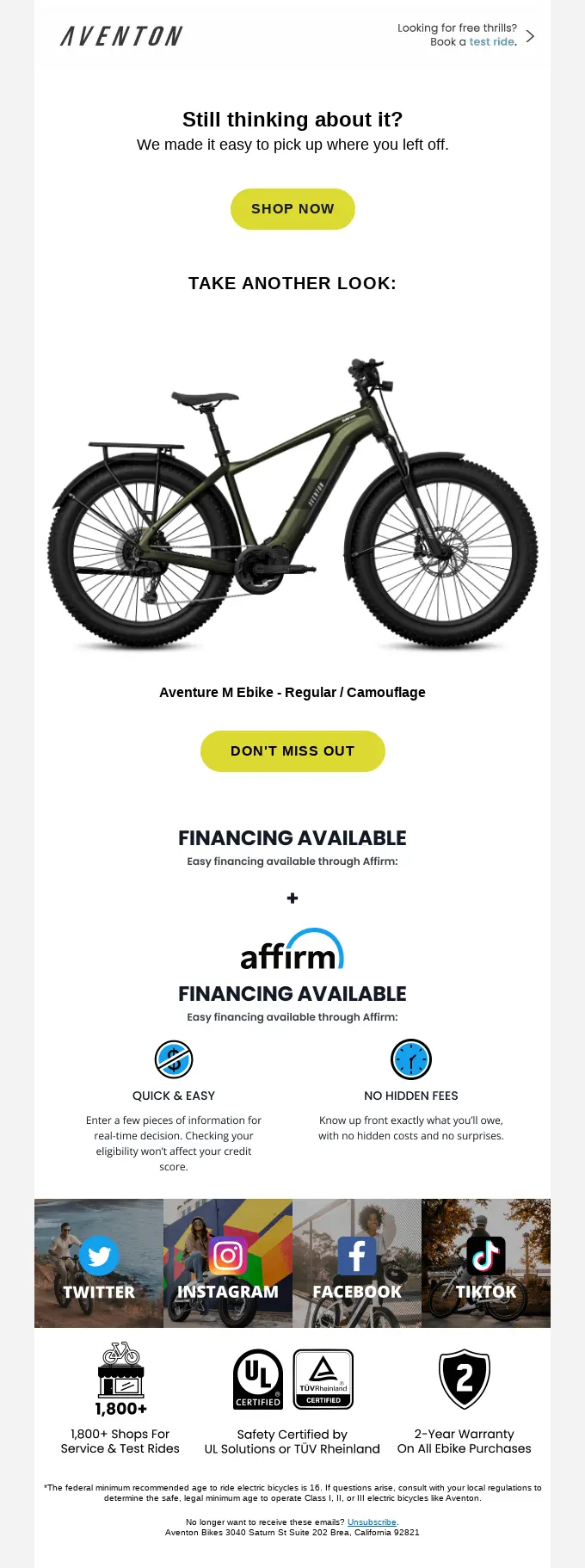
The data: Browse abandonment triggers achieve 34.55% open rates. E-commerce brands report 2-5% conversion from browse abandonment emails.
Implementation: Use tools like Klaviyo, ActiveCampaign, or Drip that integrate with your website. When someone who’s on your email list visits but doesn’t convert, trigger a sequence:
- Email 1 (2 hours later): “Did you see that [product they browsed]? Here’s why it works…”
- Email 2 (1 day later): Free shipping or discount offer
- Email 3 (3 days later): Social proof from customers who bought it
Copywriting Framework: Start with curiosity (reference the specific product/page they visited), then paint the problem they were solving, then show the solution + social proof.
Trigger 2: Back-In-Stock & Wishlist Alerts
The tactic: Subscriber adds a product to wishlist or watches for it to return to stock. When it’s back available, send an alert.
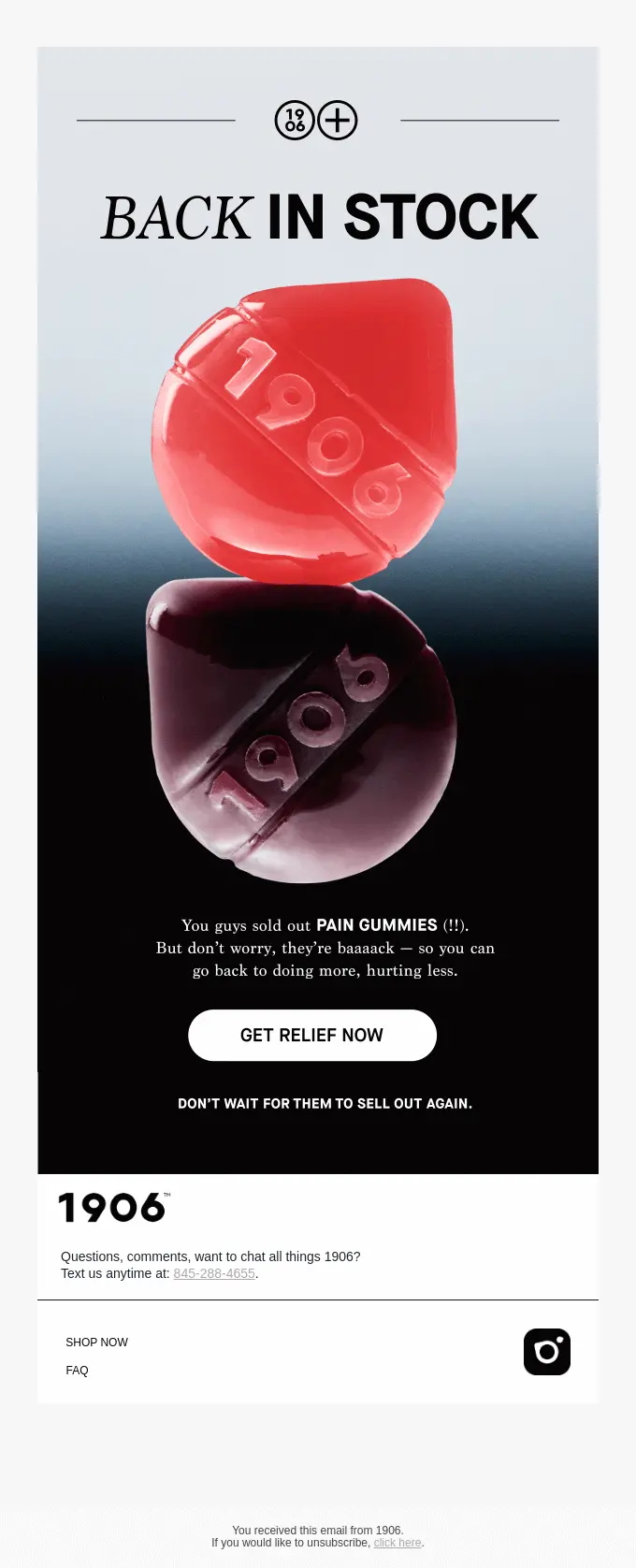
The data: Back-in-stock emails achieve 65.32% open rates. Conversion rates: 5-8% (high-intent audience).
Implementation
- Segment 1: “Wishlist created for [Product]” → Auto-trigger alert when item restocks
- Segment 2: “Viewed out-of-stock product” → Track engagement; send alert when available
Trigger 3: Post-Purchase Upsells & Replenishment
The tactic: Someone just bought. Within the order confirmation, trigger follow-up sequences based on what they purchased.

The data: Post-purchase sequences generate 30x more revenue per recipient than broadcast campaigns.
Implementation
- Email 1 (2 hours after purchase): “Thank you for your order. Here’s what to expect + tracking link”
- Email 2 (3 days post-delivery): “How are you using [product]? Here are 5 tips to get more value”
- Email 3 (2 weeks): “Customers who bought [product] also bought [complementary product]—get 15% off”
- Email 4 (4 weeks): “Time to replenish? Get 10% off your next order”
Trigger 4: Milestone Celebrations
The tactic: Celebrate customer milestones: signup anniversary, purchase anniversary, loyalty tier reached.
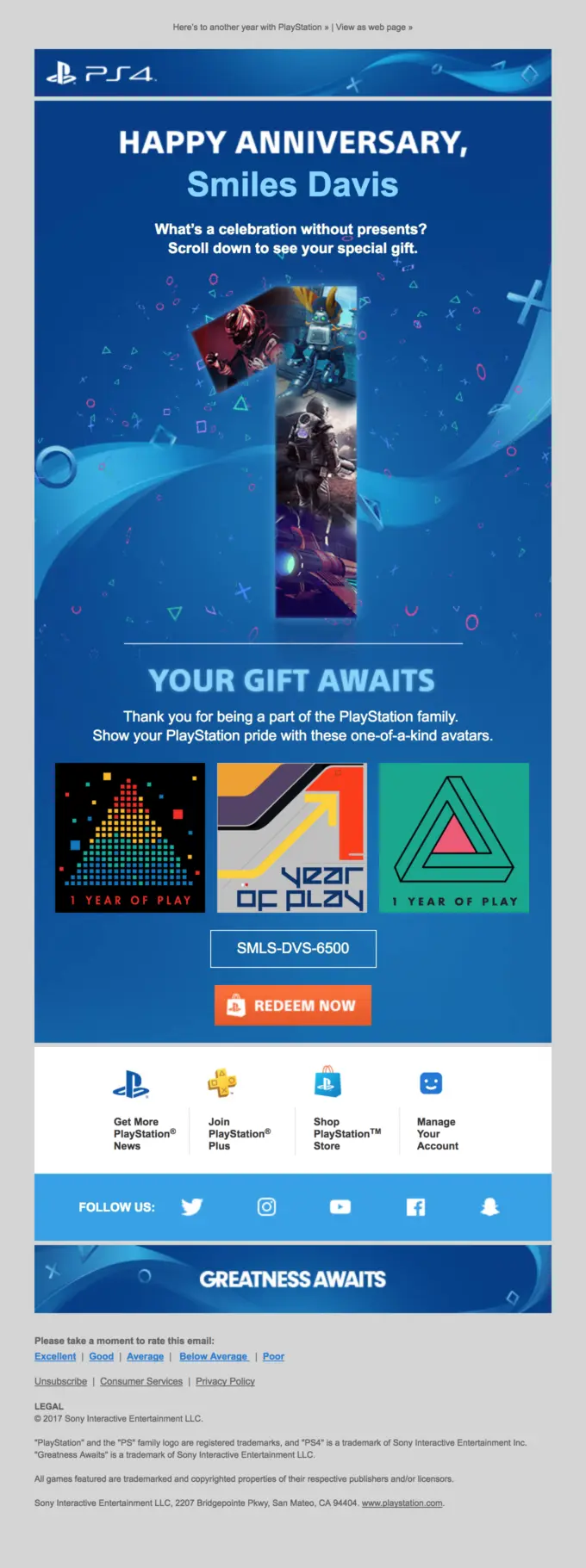
The data: Milestone emails achieve 35%+ open rates due to personalization and emotional connection.
Implementation
- 1 year signup anniversary: “You’ve been part of our community for 1 year! Here’s a thank you gift + exclusive content”
- Loyalty milestone: “You’ve spent $1,000 with us. Welcome to VIP. Here’s your first exclusive perk”
Trigger 5: Inactivity & Re-Engagement
The tactic: Subscriber hasn’t opened an email in 30 days. Instead of letting them dormant, send a re-engagement trigger.
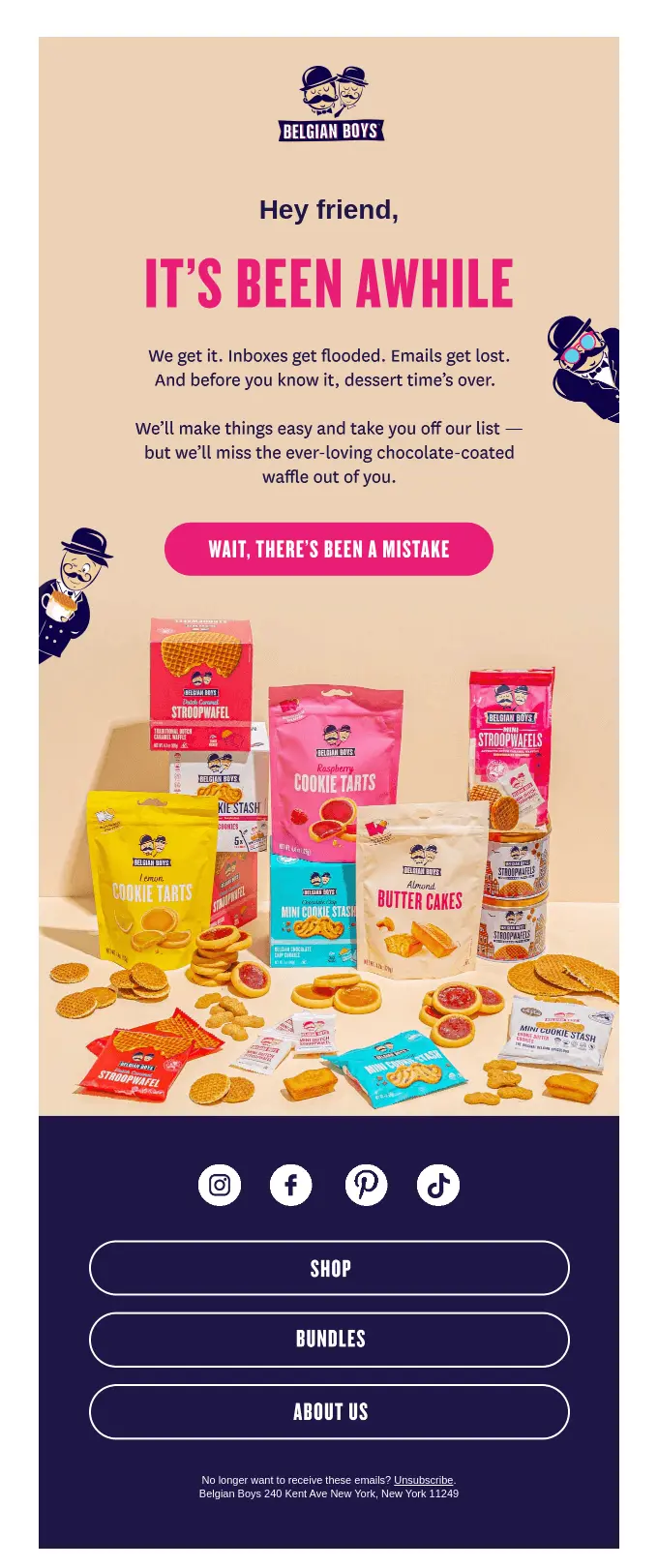
The data: Re-engagement emails can recover 15-25% of inactive subscribers. Win-back offers (special incentive) recover up to 35%.
Implementation
- Trigger 1 (after 30 days no-open): “We miss you. Here’s what you’ve missed [summary of recent content]”
- Trigger 2 (after 45 days): Special offer: “Come back for 20% off”
- Trigger 3 (after 60 days): Final notice before removal
Implementation Guide for Behavioral Email Automation
Start with your email platform’s automation builder:
In Klaviyo: Create Segment = “trigger_product_browse = [product_id].” Build workflow: “When someone in this segment meets condition, send email 1, wait 2 hours, send email 2.”
In ActiveCampaign: Use “Automation” → “When a contact has a tag” or “when a custom field changes” → Build sequential emails with delays.
In HubSpot: Use Workflows → “When contact meets criteria [viewed page X, didn’t convert]” → “Send email → Wait 2 days → Send second email.”
Copywriting Framework for Triggered Emails
- Open with relevance (reference the specific action): “You were looking at [product name]…”
- Solve the problem they were facing: “We know most people buy this because [reason]. Here’s why…”
- Add social proof: “[Number] customers rated this [rating]. Here’s why…”
- Offer friction relief (discount, free shipping, etc.): “Use code BROWSE10 for 10% off”
- Keep it short. Triggered emails work best as brief, personal messages—not long-form sells.
Pro tip: Behavioral triggers should feel like they come from a thoughtful person, not a robot. Use first-person language. If it reads like a "automated email," your open rates tank. Test your copy to sound conversational, not corporate.
Step 9: Amplify with Paid Advertising
Paid advertising on social media or search engines can drive targeted traffic to your sign-up page. Create ads that emphasize your free resource or exclusive content to attract potential customers.
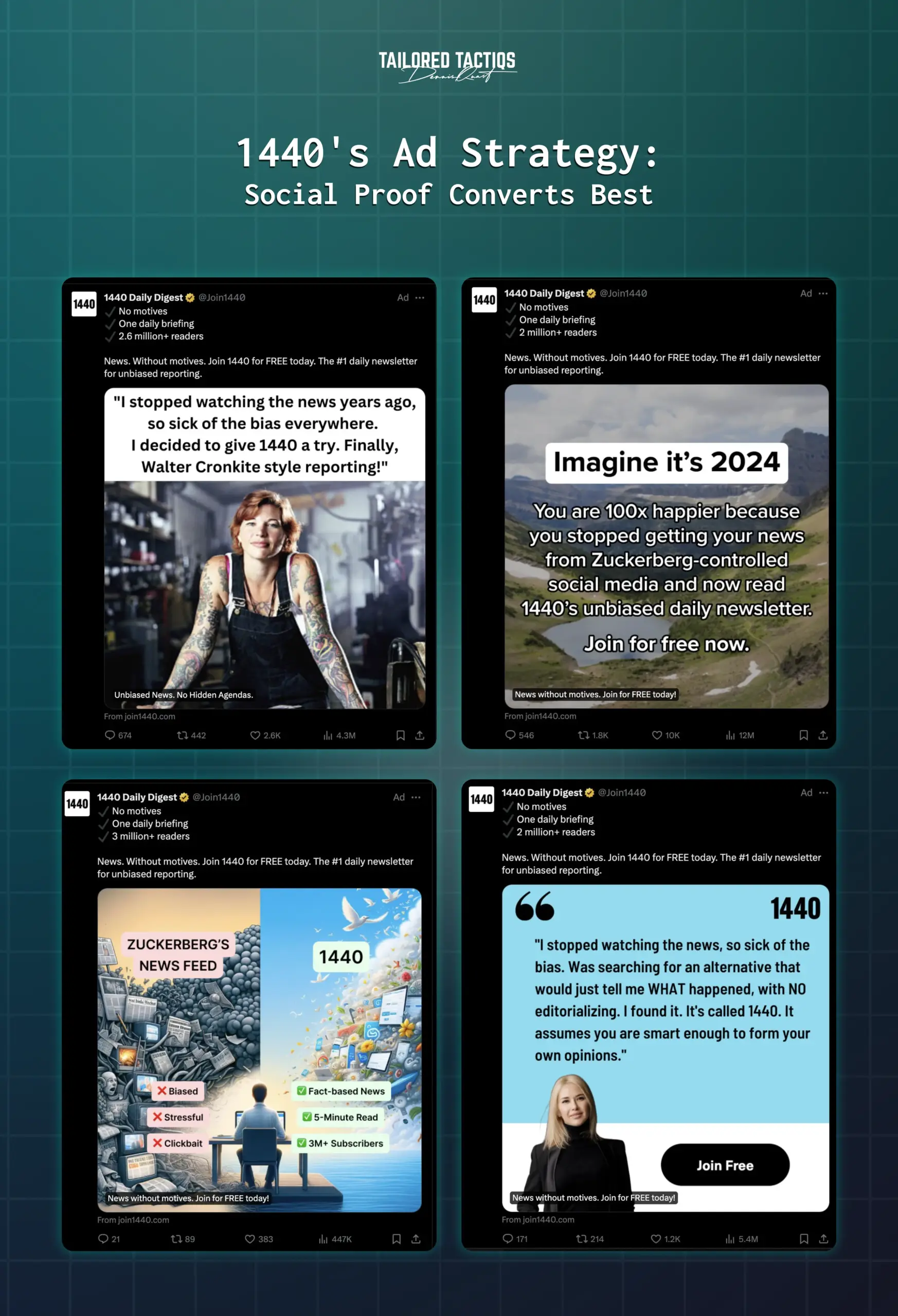
Use curiosity-driven ad copy to boost click-through rates. Focus on value-driven messaging to improve deliverability and attract new subscribers. For example, 1440’s newsletter grew monthly subscribers by 13% by testing customer testimonial-based creatives—proving social proof often outperforms generic promotional messaging.
Pro tip: Pause campaigns that don't generate high-quality signups. Sometimes, a free subscriber acquired from your blog post (zero paid cost) is your best investment.
Step 10: Reward & Leverage Existing Subscribers
Convert engaged subscribers into advocates who bring in new subscribers organically. This is your most cost-effective growth channel.

Deploy a Referral Program
Use a double-sided rewards structure: both the referrer and new subscriber receive a benefit (discount, exclusive content, or early access). Ask for referrals right after positive experiences—resource downloads, purchases, or event attendance.
Use Viral Loops, Referral Factory, or built-in features in MailerLite and Klaviyo to automate tracking. Place referral CTAs in newsletter footers and post-purchase emails. Target 5–15% of monthly growth from referrals.
Build VIP Loyalty Sequences
Segment subscribers with 6+ months of engagement into a VIP tier. Send exclusive welcome emails outlining benefits—early access, members-only discounts, exclusive events. VIP open rates should be 15–20% higher than standard broadcasts.
Feature Subscriber Stories
Run quarterly “Subscriber Spotlight” campaigns asking for testimonials and feedback. Feature authentic stories in your newsletter with subscriber names and photos. Goal: 3–5 testimonials per quarter.
Host Exclusive Events & Challenges
Run quarterly webinars or Q&As exclusively for subscribers. Launch referral challenges (“Refer 3 friends, unlock VIP pack”) using your ESP automation to track and reward entries.
In short: Advocates amplify your email list through referral programs, VIP treatment, storytelling, and exclusive experiences. When subscribers champion your brand, your list compounds exponentially.
Why These 10 Steps Create Exponential Growth
Here’s what separates companies with stagnant email lists from those achieving “massive email list growth”: most teams treat email list building as a checklist. They implement sign-up forms (check), pop-ups (check), segmentation (check). Each tactic adds incrementally.
But industry leaders treat it as an interconnected system where each tactic amplifies the others.
The Compound Growth Engine
| Component | What It Is | What It Delivers |
|---|---|---|
| Foundation | Progressive profiling collects valuable subscriber data without creating friction. | You understand each subscriber’s individual interests. |
| Amplification | That data powers behavioral triggers—automated actions responding to subscriber behavior. | You send highly relevant, timely messages. |
| Next Level | Behavioral triggers improve engagement metrics, signaling list health to email providers. | Higher inbox placement, fewer spam flags, better deliverability. |
| Retention Multiplier | Preference centers let subscribers specify interests, reducing churn and gathering zero-party data. | Your list is more engaged and sustainable. |
Real Growth Math
- Starting list: 10,000 subscribers
- Add 20% growth (Step 1-6 tactics): +2,000 subscribers = 12,000 total
- Implement behavioral triggers (Step 8): Engage rate improves from 20% to 35%. That means 4,200 people are actively engaging instead of 2,400.
- Add preference centers (Step 7): Churn drops from 3% to 1.2%. Over 6 months, that prevents losing 2,160 subscribers.
- Result after 6 months: 14,000 subscribers (not just 12,000), but more importantly: 5,000+ actively engaged subscribers vs. 2,400 if you’d used basic tactics.
The Implementation Priority
Don’t try everything at once. Here’s the sequence that creates multiplier effect:
- Optimize Steps 1–3: Forms, lead magnets, and landing pages—establish your foundation.
- Implement Step 7: Progressive profiling. Rich data powers everything downstream.
- Add Behavioral Triggers (Step 8): Now your growing list gets personalized automations.
- Launch Preference Centers (revisit Step 7): Protect your engagement rates as you grow.
- Expand Paid Channels (Step 9): Only invest here after the above systems are performing.
This sequence ensures that by the time you’re spending money to acquire subscribers, you have the systems in place to retain and monetize them.
Metrics for Measuring Email List Growth
Track metrics like open rates, click-through rates (CTR), and new subscriber count to evaluate your efforts.
But which metrics matter most for “massive email list building”?
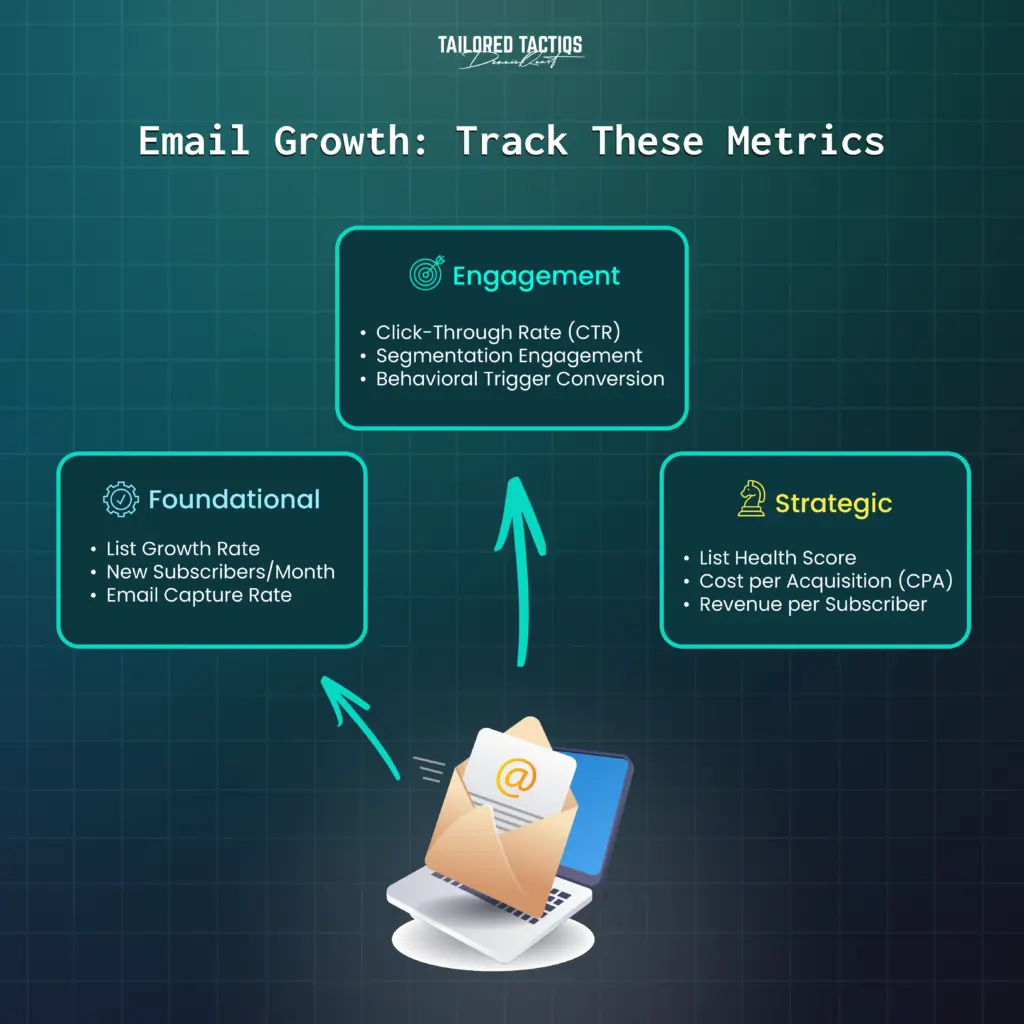
Foundational Metrics
New subscribers per month: Track this from each channel (forms, ads, social, etc.). Set targets: 50 new subscribers/month from organic, 100 from paid.
List growth rate: Calculate monthly: (new subscribers – unsubscribes) / total list × 100. Target: 5-10% monthly growth.
Email capture rate: On landing pages, track conversion: emails_submitted / landing_page_visitors. Target: 15-25%.
Engagement Metrics (More Important Than Size)
Click-through rate (CTR): CTR is more reliable than open rates, especially with privacy laws. Aim for 2.5-5% CTR. Behavioral trigger emails should hit 8-12% CTR.
Segmentation engagement lift: Compare engagement of segmented campaigns vs. broadcasts. Target: 2-3x higher engagement for segmented content.
Behavioral trigger conversion: Track revenue or conversions from triggered sequences specifically. Post-purchase triggers should achieve 15-20% conversion. Browse abandonment: 2-5%.
Preference center data: Track how many subscribers set preferences. Target: 30-50% preference center completion within 90 days.
Strategic Metrics
List health score: Combine active engagement % + inbox placement % + unsubscribe rate to calculate overall health. Target: >70% list health.
Cost per acquisition (CPA) over time: As your conversion rates improve (through better segmentation and triggers), your CPA should drop. Track this by channel.
Revenue per subscriber: Sum total revenue generated / total subscribers. This answers the real question: “Are we building a valuable list?” Target: $1-2 per subscriber annually for B2B; $3-10 for e-commerce.
Dashboard Setup
Create a simple Google Sheet or use your email platform’s native dashboard to track:
- New subscribers (weekly)
- Unsubscribes (weekly)
- List health score (monthly)
- Top-performing lead magnet (monthly)
- Behavioral trigger performance (monthly)
- Revenue per subscriber (monthly)
Review this weekly. If something’s underperforming, you’ll catch it before it becomes a problem.
Scaling Your Email List
As your list grows and engagement improves, experiment with new lead magnets, landing pages, and channels. But maintain engagement with existing subscribers through valuable content.
Collaborate with Influencers
Partner with influencers to promote your sign-up page. Their endorsement drives qualified signups from their audiences.
Host Webinars
Webinars are powerful list-building tools. Promote on social and require email to register. You’ll attract genuinely interested prospects.
Build an Email-First Content Distribution
Create a content upgrade strategy: every blog post gets a small upgrade (1-2 page PDF, template, checklist) that requires email to download. This converts existing blog visitors into subscribers without paid spend.
Avoiding the Promotional Tab (Maintained Deliverability)

The promotional tab is where open rates plummet. Maintain primary inbox placement by:
- Keep Emails Text-Based: Avoid heavy images or flashy designs. Plain-text emails resemble personal correspondence, increasing deliverability.
- Limit Links: One or two links (preferably Google-native like YouTube) reduce flagging as promotional.
- Encourage Replies: Prompt subscribers to reply (e.g., “Reply YES for your bonus guide”) to signal engagement to email providers.
- Avoid Money Language: Terms like “buy now” or “limited-time offer” trigger promotional tab flagging. Focus on value-driven language.
- Maintain High Engagement: Clean your list regularly. Low engagement signals low-quality content, increasing promotional tab risks.
Conclusion
Growing your email list takes strategy, consistency, and a focus on value. Today, the tactics that really make a difference aren’t just the basics—they’re advanced methods that build on each other.
Start with strong fundamentals. Then, use progressive profiling to gather richer data about your audience. Add behavioral triggers and preference-based segmentation to multiply your results, as these tactics separate average growth from exceptional growth.
Most companies don’t do these things—those who do aren’t radically different, they’re just ahead of the curve. Implement this multiplier framework now, or reach out to Tailored Tactiqs for help turning these strategies into real results.
